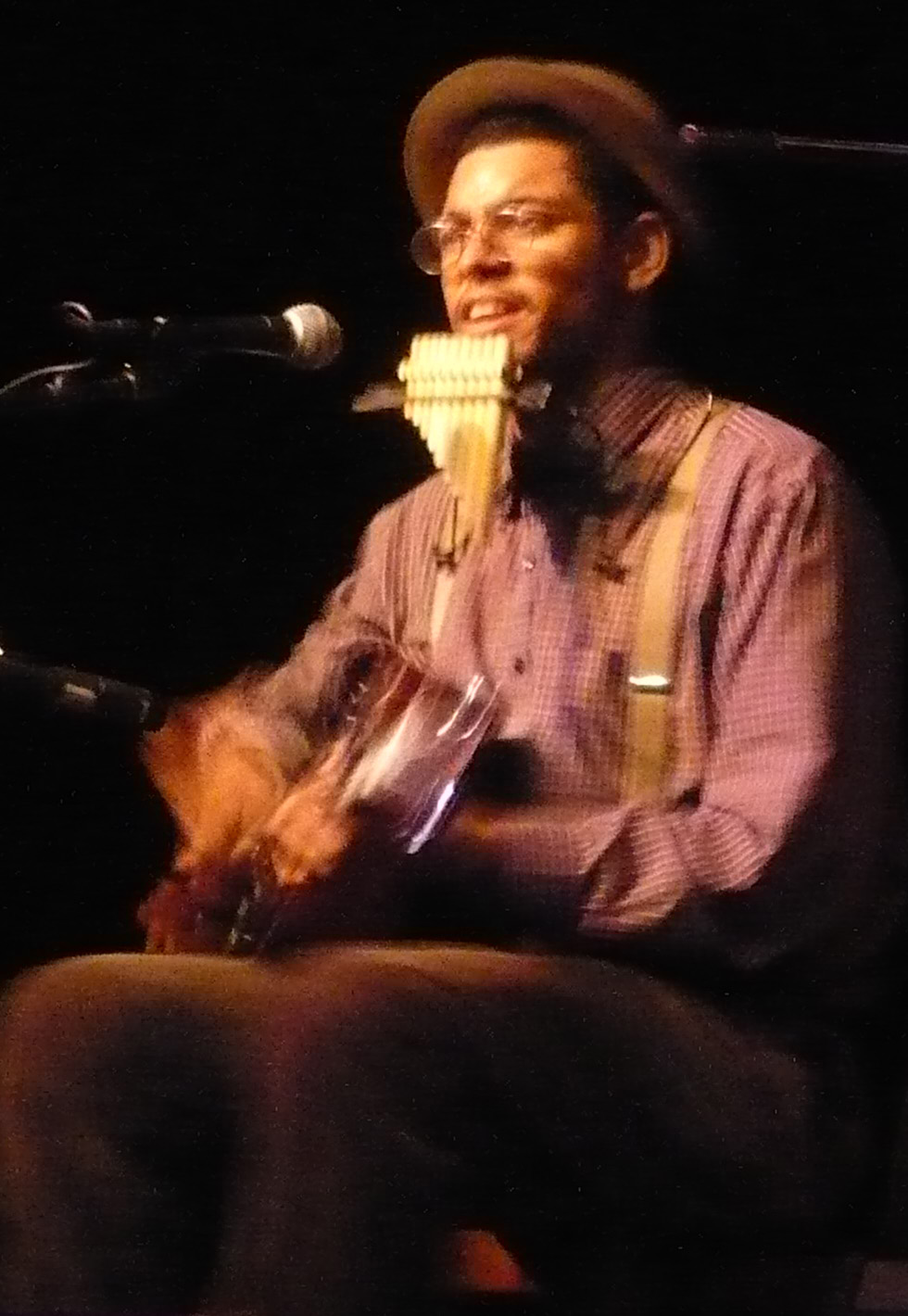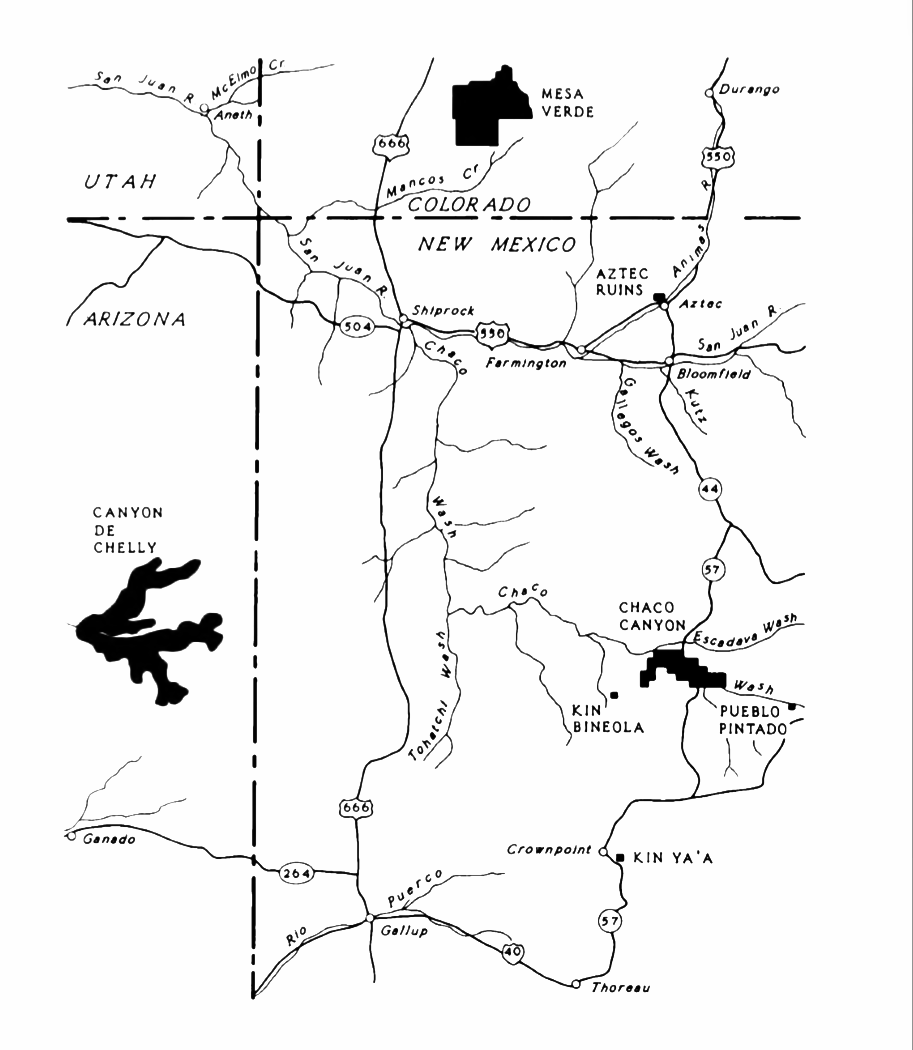|
End-blown Flute
thumb , Notched flute, showing U-shaped notch in the instrument’s rim. The end-blown flute (also called an edge-blown flute or rim-blown flute) is a woodwind instrument played by directing an airstream against the sharp edge of the upper end of a tube. Unlike a recorder or tin whistle, there is not a ducted flue voicing, also known as a fipple. Most rim-blown flutes are "oblique" flutes, being played at an angle to the body's vertical axis. A notched flute is an end-blown flute with a notch on the blowing surface. A lip-valley flute is a type of notched flute. End-blown flutes are widespread in folk music and art music. In Europe, the Russians have the svirel, attested from at least the 11th century. In the Middle East and Mediterranean the ney is frequently used, constructed from reed. Depictions of early versions of the ney can be found in wall paintings in ancient Egyptian tombs, indicating that it is one of the oldest musical instruments in continuous use. Several a ... [...More Info...] [...Related Items...] OR: [Wikipedia] [Google] [Baidu] |
Shakuhachi
A is a Japanese longitudinal, end-blown flute that is made of bamboo. The bamboo end-blown flute now known as the was developed in Japan in the 16th century and is called the .Kotobank, Fuke shakuhachi. The Asahi ShimbunKotobank, Shakuhachi. The Asahi Shimbun A bamboo flute known as the or was derived from the Chinese Xiao (flute), xiao in the Nara period and died out in the 10th century. [...More Info...] [...Related Items...] OR: [Wikipedia] [Google] [Baidu] |
Māori People
Māori () are the Indigenous peoples of Oceania, indigenous Polynesians, Polynesian people of mainland New Zealand. Māori originated with settlers from East Polynesia, who arrived in New Zealand in several waves of Māori migration canoes, canoe voyages between roughly 1320 and 1350. Over several centuries in isolation, these settlers developed Māori culture, a distinct culture, whose language, mythology, crafts, and performing arts evolved independently from those of other eastern Polynesian cultures. Some early Māori moved to the Chatham Islands, where their descendants became New Zealand's other indigenous Polynesian ethnic group, the Moriori. Early contact between Māori and Europeans, starting in the 18th century, ranged from beneficial trade to lethal violence; Māori actively adopted many technologies from the newcomers. With the signing of the Treaty of Waitangi, Treaty of Waitangi/Te Tiriti o Waitangi in 1840, the two cultures coexisted for a generation. Rising ten ... [...More Info...] [...Related Items...] OR: [Wikipedia] [Google] [Baidu] |
Polynesia
Polynesia ( , ) is a subregion of Oceania, made up of more than 1,000 islands scattered over the central and southern Pacific Ocean. The indigenous people who inhabit the islands of Polynesia are called Polynesians. They have many things in common, including Polynesian languages, linguistic relations, Polynesian culture, cultural practices, and Tradition, traditional beliefs. In centuries past, they had a strong shared tradition of sailing and Polynesian navigation, using stars to navigate at night. The term was first used in 1756 by the French writer Charles de Brosses, who originally applied it to all the list of islands in the Pacific Ocean, islands of the Pacific. In 1831, Jules Dumont d'Urville proposed a narrower definition during a lecture at the Société de Géographie of Paris. By tradition, the islands located in the South Seas, southern Pacific have also often been called the South Sea Islands, and their inhabitants have been called South Sea Islanders. The Hawai ... [...More Info...] [...Related Items...] OR: [Wikipedia] [Google] [Baidu] |
Panpipes
A pan flute (also known as panpipes or syrinx) is a musical instrument based on the principle of the closed tube, consisting of multiple pipes of gradually increasing length (and occasionally girth). Multiple varieties of pan flutes have been popular as folk instruments. The pipes are typically made from bamboo, giant cane, or local reeds. Other materials include wood, plastic, metal, and clay. Name The pan flute is named after Pan, the Greek god of nature and shepherds, often depicted with such an instrument. The pan flute has become widely associated with the character Peter Pan created by Sir James Matthew Barrie, whose name was inspired by the god Pan. In Greek mythology, Syrinx (Σύριγξ) was a forest nymph. In her attempt to escape the affection of god Pan (a creature half goat and half man), she was transformed into a water-reed or calamos (cane-reed). Then, Pan cut several reeds, placed them in parallel one next to the other, and bound them together to ma ... [...More Info...] [...Related Items...] OR: [Wikipedia] [Google] [Baidu] |
East Africa
East Africa, also known as Eastern Africa or the East of Africa, is a region at the eastern edge of the Africa, African continent, distinguished by its unique geographical, historical, and cultural landscape. Defined in varying scopes, the region is recognized in the United Nations Statistics Division United Nations geoscheme for Africa, scheme as encompassing 18 sovereign states and 4 territories. It includes the Horn of Africa to the North and Southeastern Africa to the south. Definitions In a narrow sense, particularly in English-speaking contexts, East Africa refers to the area comprising Kenya, Tanzania, and Uganda, largely due to their shared history under the Omani Empire and as parts of the British East Africa Protectorate and German East Africa. Further extending East Africa's definition, the Horn of Africa—comprising Djibouti, Eritrea, Ethiopia, and Somalia—stands out as a distinct geopolitical entity within East Africa.Robert Stock, ''Africa South of the Sahara, ... [...More Info...] [...Related Items...] OR: [Wikipedia] [Google] [Baidu] |
Washint
Washint (Amharic: ዋሽንት) is an end-blown wooden flute originally used in Ethiopia. Traditionally, Amharic musicians would pass on their oral history through song accompanied by the ''washint'' as well as the krar, which is a six stringed lyre, and the masenqo, a one string fiddle. Occurrence Along with the ''Krar'' and the ''Masenqo'', the ''Washint'' flute is one of the three most widespread traditional musical instruments in Ethiopia. The washint is a favorite among the shepherds and cowherders. Construction and design The ''washint'' can be constructed using bamboo, wood or other cane, and increasingly flutes of metal and plastic tubes can be seen. Varieties exists in different lengths and relative fingerhole placement, and a performer might use several different flutes over the course of a performance to accommodate different song types. It generally has four finger-holes, which allows the player to create a pentatonic scale. See also * Ney, a flute of simila ... [...More Info...] [...Related Items...] OR: [Wikipedia] [Google] [Baidu] |
Southwestern United States
The Southwestern United States, also known as the American Southwest or simply the Southwest, is a geographic and cultural list of regions of the United States, region of the United States that includes Arizona and New Mexico, along with adjacent portions of California, Colorado, Nevada, Oklahoma, Texas, and Utah. The largest cities by List of metropolitan statistical areas, metropolitan area are Phoenix, Arizona, Phoenix, Las Vegas, El Paso, Texas, El Paso, Albuquerque, and Tucson, Arizona, Tucson. Before 1848, in the historical region of Santa Fe de Nuevo México as well as parts of Alta California and Coahuila y Tejas, settlement was almost non-existent outside of New Mexico's pueblos and Santa Fe de Nuevo México#Regions and municipalities, Spanish or Mexican municipalities. Much of the area had been a part of New Spain and Mexico until the United States acquired the area through the Treaty of Guadalupe Hidalgo in 1848 and the smaller Gadsden Purchase in 1854. While the regio ... [...More Info...] [...Related Items...] OR: [Wikipedia] [Google] [Baidu] |
Ancestral Puebloans
The Ancestral Puebloans, also known as Ancestral Pueblo peoples or the Basketmaker-Pueblo culture, were an ancient Native American culture of Pueblo peoples spanning the present-day Four Corners region of the United States, comprising southeastern Utah, northeastern Arizona, northwestern New Mexico, and southwestern Colorado. They are believed to have developed, at least in part, from the Oshara tradition, which developed from the Picosa culture. The Ancestral Puebloans lived in a range of structures that included small family pit houses, larger structures to house clans, grand pueblos, and cliff-sited dwellings for defense. They had a complex network linking hundreds of communities and population centers across the Colorado Plateau. They held a distinct knowledge of celestial sciences that found form in their architecture. The kiva, a congregational space that was used mostly for ceremonies, was an integral part of the community structure. Archaeologists continue to d ... [...More Info...] [...Related Items...] OR: [Wikipedia] [Google] [Baidu] |
Hopi
The Hopi are Native Americans who primarily live in northeastern Arizona. The majority are enrolled in the Hopi Tribe of Arizona and live on the Hopi Reservation in northeastern Arizona; however, some Hopi people are enrolled in the Colorado River Indian Tribes of the Colorado River Indian Reservation at the border of Arizona and California. The 2010 U.S. census states that about 19,338 US citizens self-identify as being Hopi. The Hopi language belongs to the Uto-Aztecan language family. The primary meaning of the word ''Hopi'' is "behaving one, one who is mannered, civilized, peaceable, polite, who adheres to the Hopi Way." Some sources contrast this to other warring tribes that subsist on plunder.Connelly, John C., "Hopi Social Organization." In Alfonso Ortiz, vol. ed., ''Southwest'', vol. 9, in William C. Sturtevant, ed., ''Handbook of North American Indians'', Washington, D.C.: Smithsonian Institution, 1979: 539–53, p. 551 ''Hopi'' is a concept deeply rooted in the c ... [...More Info...] [...Related Items...] OR: [Wikipedia] [Google] [Baidu] |
Quena
The quena (hispanicized spelling of Quechua ''qina'', sometimes also written ''kena'' in English) is the traditional flute of the Andes. Traditionally made of cane or wood, it has 6 finger holes and one thumb hole, and is open on both ends or the bottom is half-closed (choked). To produce sound, the player closes the top end of the pipe with the flesh between the chin and lower lip, and blows a stream of air downward, along the axis of the pipe, over an elliptical notch cut into the end. It is normally in the key of G, with G4 being the lowest note. It produces a very "textured" and "dark" timbre because of the length-to-bore ratio of about 16 to 20 (subsequently causing difficulty in the upper register), which is very unlike the tone of the Western concert flute with a length-to-bore ratio of about 38 to 20. The quenacho (also "kenacho" in English) is a greater, lower-toned version of the quena and made the same way. It is in the key of D, with D4 being the lowest note, a per ... [...More Info...] [...Related Items...] OR: [Wikipedia] [Google] [Baidu] |
Andes
The Andes ( ), Andes Mountains or Andean Mountain Range (; ) are the List of longest mountain chains on Earth, longest continental mountain range in the world, forming a continuous highland along the western edge of South America. The range is long and wide (widest between 18th parallel south, 18°S and 20th parallel south, 20°S latitude) and has an average height of about . The Andes extend from south to north through seven South American countries: Argentina, Chile, Bolivia, Peru, Ecuador, Colombia, and Venezuela. Along their length, the Andes are split into several ranges, separated by intermediate depression (geology), depressions. The Andes are the location of several high plateaus—some of which host major cities such as Quito, Bogotá, Cali, Arequipa, Medellín, Bucaramanga, Sucre, Mérida, Mérida, Mérida, El Alto, and La Paz. The Altiplano, Altiplano Plateau is the world's second highest after the Tibetan Plateau. These ranges are in turn grouped into three majo ... [...More Info...] [...Related Items...] OR: [Wikipedia] [Google] [Baidu] |






